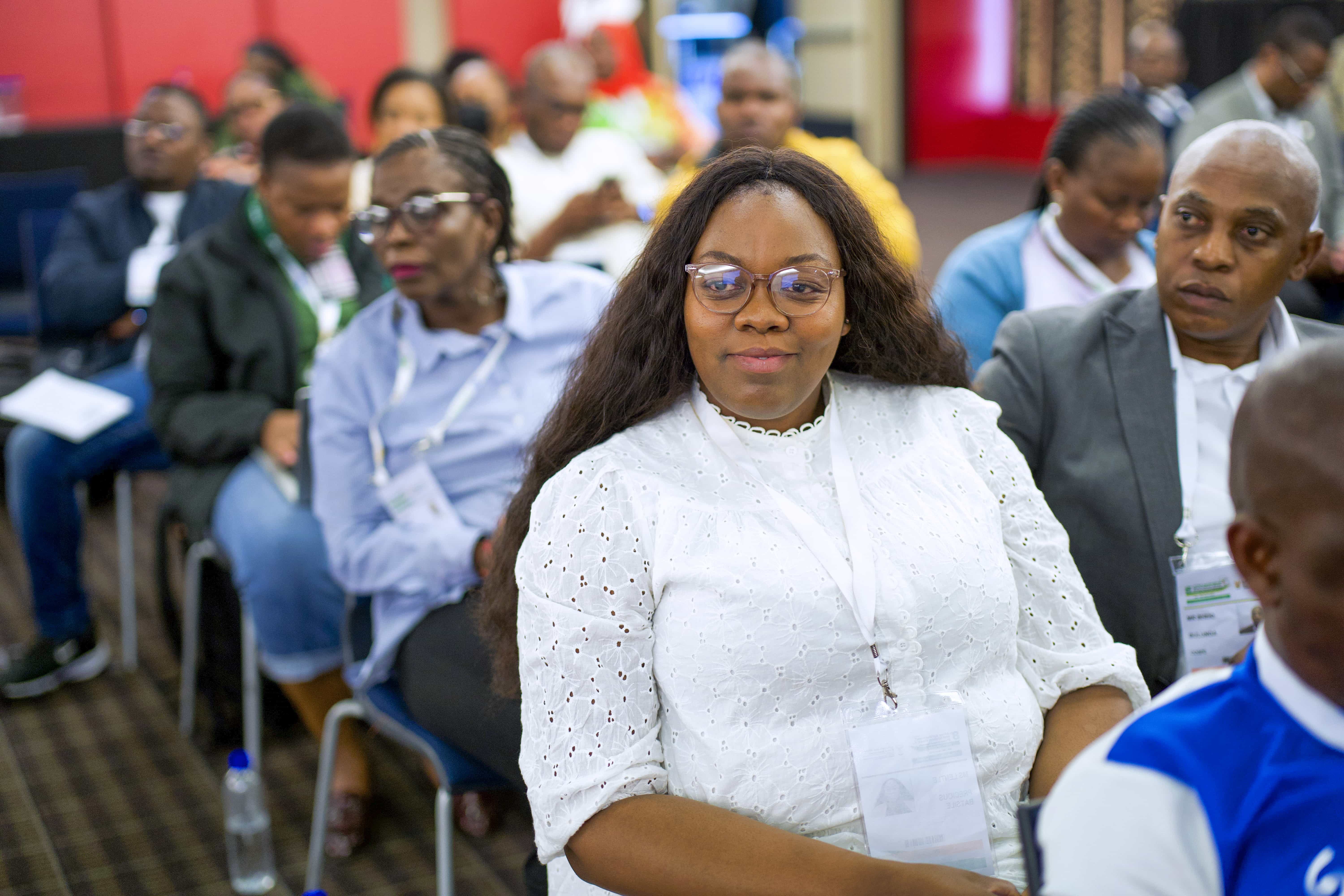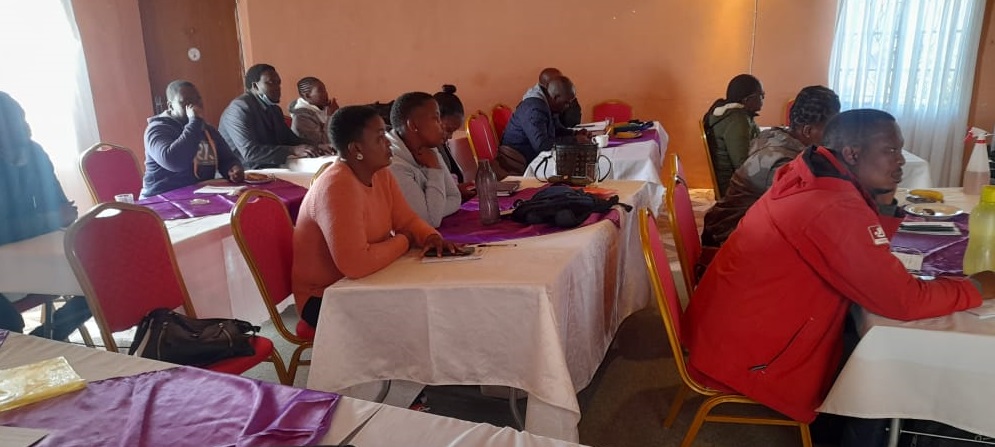PARTNERING WITH FARMERS IN MOZAMBIQUE: DEVELOPING A FARMER RESEARCH NETWORK (FRN)
Agricultural scientists developed new bean varieties adapted to low soil fertility and extreme weather event including drought, which are the major factors limiting agricultural productivity in Mozambique. The new bean varieties are drought tolerant and phosphorus-efficient, have the potential to yield almost double that of local varieties, ie, between 1.5 to 3.0 ton/hectare, and represent different market classes and consumer preferences. Adoption of the new varieties is crucial for increasing production and productivity of common bean (Sevilla, 2013; Smith & Findeis, 2013). However, it is recognized that many farmers may not adopt the new varieties but continue to grow varieties not well adapted to current soil and climatic conditions. Low adoption may result from differences in variety performance in stressed environments that farmers face in their own fields as compared to what happens on station/demonstration plots. Similarly, the potential mismatch between farmer preferences and new variety traits, higher labor or other input requirements for new varieties coupled with the difficulty in accessing newly-released seed slows adoption. Recognizing that dynamic power relations, often defined by gender roles, influence men and women’s access to information and new technology adoption, this research examined how farmers evaluate and identify their preferred common bean traits.
Quinhentos, M.L; Camilo, S; Mubichi-Kut, F; Findeis, J. Partnering with farmers in Mozambique: developing a farmer research network (FRN), (online). Mozambique









